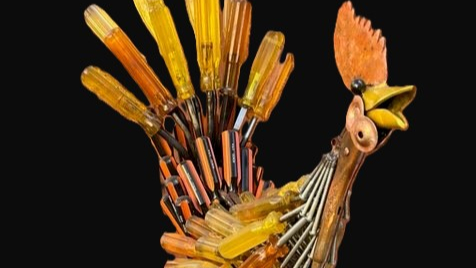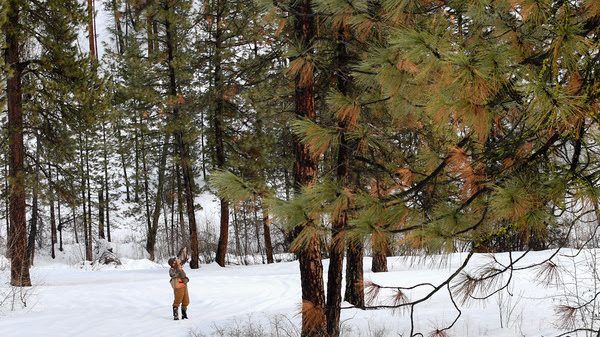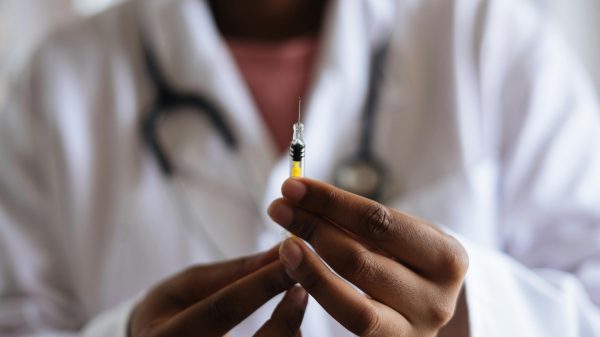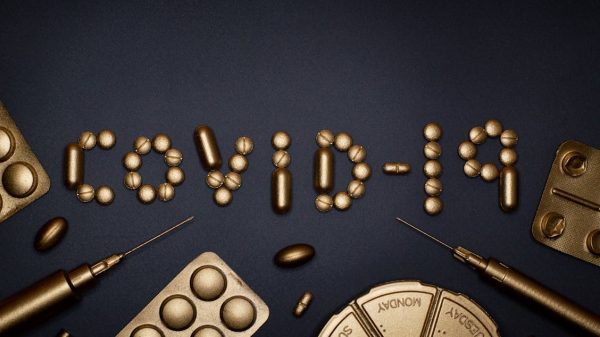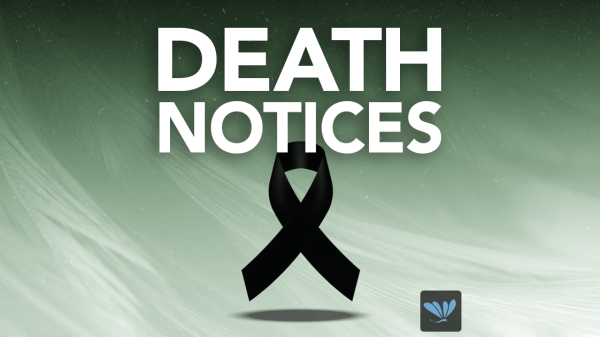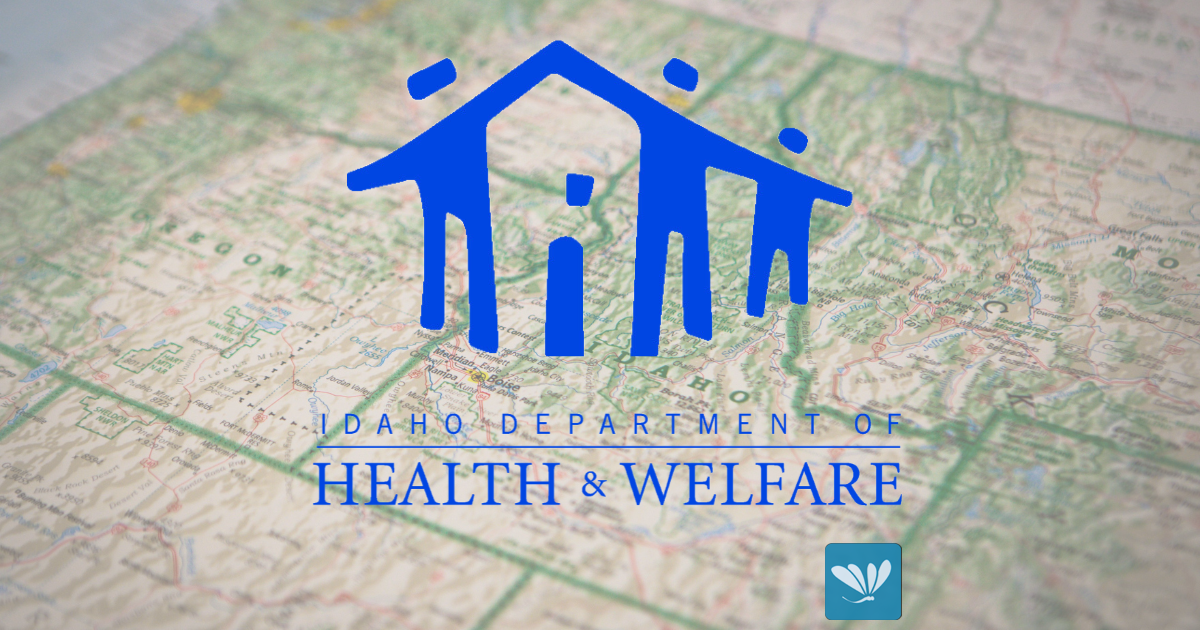The Idaho Department of Health and Welfare (DHW) is issuing a health advisory for Lake Cascade (two hours north of Boise on Highway 55) and the North Fork of the Payette River below Cascade Dam, urging caution when recreating in or near the water.
DHW works closely with Central District Health and the Idaho Department of Environmental Quality to identify, respond to, and monitor cyanobacteria harmful algal blooms (cyanoHABs).
Late summer and fall is the season when water bodies are most likely to experience cyanoHABs, and the hazard does not immediately dissipate with cooler weather. Please exercise caution around all water bodies, as there may be affected waters that have not been tested.
Recent samples showed high amounts of toxin-producing cyanobacteria. The toxins they produce (cyanotoxins) can be harmful to people, pets, and livestock.
When recreating near Lake Cascade and the North Fork of the Payette River below Cascade Dam, take the following precautions while the advisory is in effect:
- Avoid swimming, wading, or other contact with the water. Take extra care to ensure children do not drink or get the water on them.
- Ensure pets and livestock do not drink or go into the water. If they have contact with the water, clean skin, hide, or fur with clean water right away.
- Do not drink or cook with the water. Boiling or filtering the water does not remove the toxins and can increase the risk of becoming sick.
- Wash hands thoroughly in clean water after handling fish or objects from the water.
- If you choose to eat fish from the water, clean and wash fish thoroughly in uncontaminated water. Fillet the fish, and remove all fat, skin, and internal organs before cooking. Cyanotoxins can build up in fish, and the risk to people is unknown.
- Watch for symptoms. If you touch or swim in the water or breathe in water droplets, you might experience a rash, hives, red eyes, wheezing, coughing, or shortness of breath. If you swallow the water, you might have stomach pain, diarrhea, or vomiting. You might have a headache, muscle weakness, or dizziness. If your liver is damaged, your skin might turn yellow, and you will have dark urine. If you think you might be sick from cyanotoxin, consult your healthcare provider or call the poison center at 1- 800-222-1222. Notify [email protected].
- Monitor media reports and DHW’s website for health advisories.
Cyanobacteria are a natural part of Idaho’s water bodies. When temperatures rise, their populations can bloom and toxic chemical compounds, or cyanotoxins, can be released into the water. Blooms don’t all look the same. They may look like mats, foam, spilled paint, or surface scum, and have a foul odor.
Mats can be out of sight on the bottom of the water body. Pets, livestock, and wildlife can get sick or die, within minutes to days after cyanotoxin exposure.
Dogs may become sick first because they are more likely to swim in or drink contaminated water or lick contaminated water or bloom material off their fur. If your pets or livestock have been in the water, immediately wash them with clean water to keep them from licking cyanobacteria off their bodies. Seek veterinary care immediately if your pets or livestock seem sick after going in or drinking the water.










